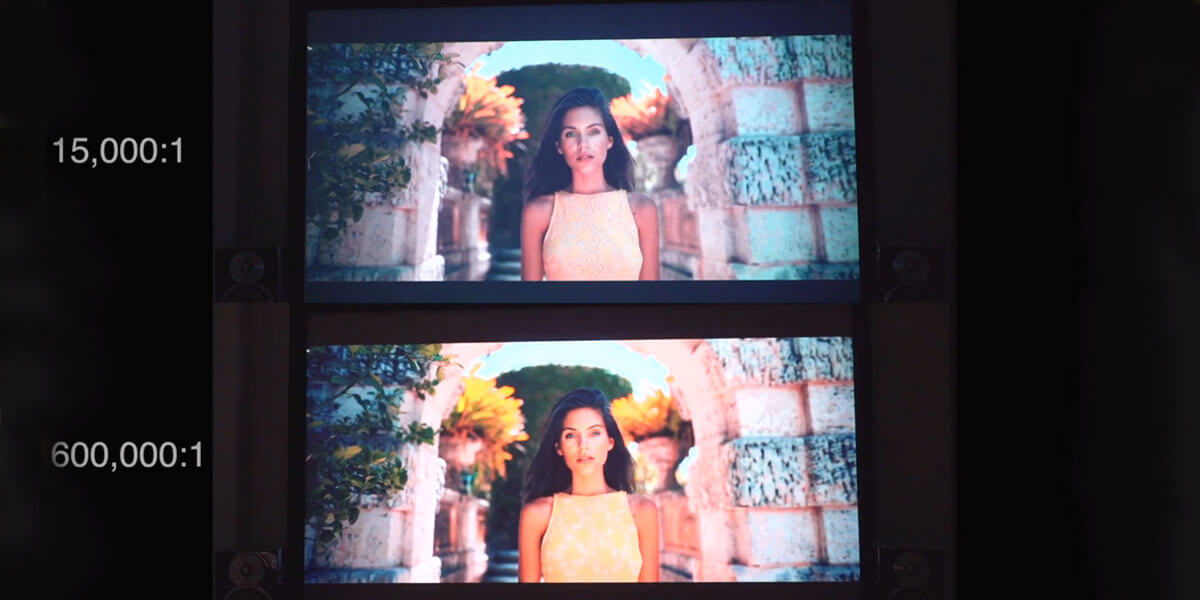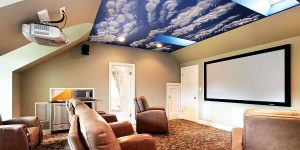So you’re in the market for a projector and wading through an ocean of technical specifications. You’ll find something called the projector contrast ratio among all those numbers and acronyms. Trust me, you don’t want to ignore this one. While you might be tempted to focus solely on resolution and brightness, the contrast ratio is just as important. It sets the deepest blacks apart from the brightest whites, giving your image quality extra depth and richness. Whether you’re planning on binge-watching your favorite series or delivering a killer presentation, understanding the contrast ratio can make or break your visual experience.
Understanding contrast ratio
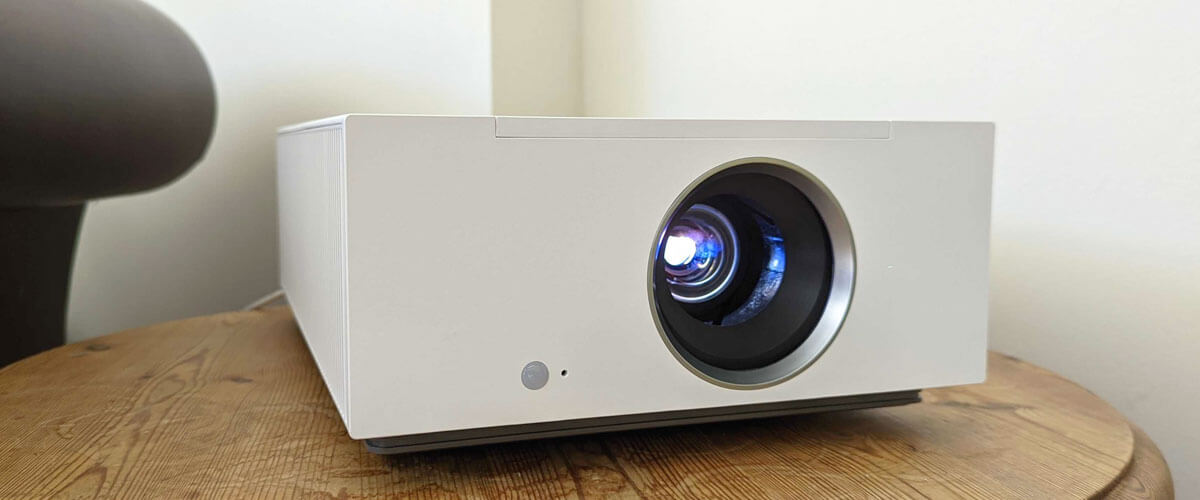
If you’ve ever wondered why certain images look vivid and lifelike while others appear flat and dull, you’re essentially contemplating the magic of contrast ratio. So, what is the meaning of contrast ratio? It’s a critical metric that quantifies the difference between the brightest and darkest elements that a display can produce Understanding this can give you a significant edge in selecting the right technology for your viewing needs, whether it’s a projector, TV, or computer monitor. Let’s delve deeper into this vital specification and understand why it should matter to you.
The Concept of ‘Ratio’
Contrast ratio is expressed as a ratio, usually something like 1,000:1 or 10,000:1. What do these numbers mean? In simple terms, the first number represents the brightness of the whitest white, while the second number represents the darkness of the blackest black that the projector can produce. A contrast ratio of 1,000:1 means that the brightest white is 1,000 times brighter than the darkest black. The higher the ratio, the greater the potential difference between light and dark areas of the image, which generally leads to a more vivid and impactful viewing experience.
High contrast vs. low contrast: visual examples
Imagine watching a night scene in a movie. With a high contrast ratio projector, the night sky would appear deep black, and the stars would twinkle brightly, creating a dynamic and lifelike scene. In contrast, a projector with a low contrast ratio might render the sky as a washed-out gray, making the stars barely visible and the whole scene lackluster.
Or consider a business presentation filled with charts and graphs. With a high contrast ratio, lines would be sharp, and colors would pop, making it easier for your audience to focus and understand the data. A low-contrast projector might make those lines blur and colors muddy, which could make even the most well-prepared presentation appear unprofessional.
So, as you can see, understanding the concept of contrast ratio can drastically elevate your viewing or presenting experience. It’s not just another number; it’s a key to unlocking the full visual potential of your projector.
Why contrast ratios matter
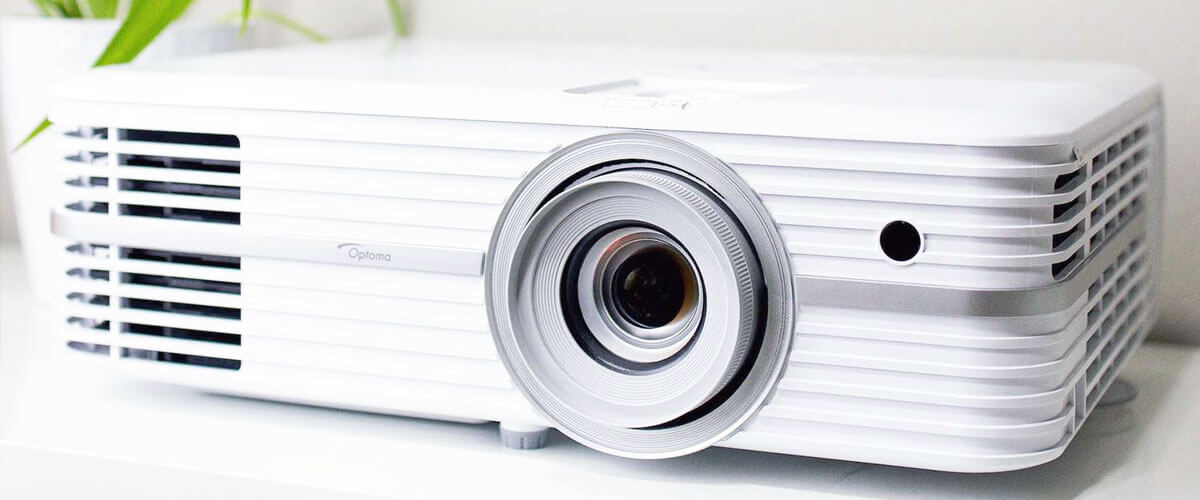
You might think all projectors are created equal, but if you’re keen on quality, diving into the nitty-gritty of contrast ratios is a must. Here’s why this critical specification should matter to you:
Role in image depth and clarity
- Depth perception: A high contrast ratio adds a sense of three-dimensionality to images. This is essential whether you’re navigating through a video game’s expansive world or immersed in a movie’s intricate settings.
- Clarity: The crisp distinction between light and dark areas makes every detail pop, elevating your overall viewing experience.
Influence on color accuracy and saturation
- Vibrancy: High contrast ratios bring out the intensity in colors, making reds, blues, and greens stand out as they should.
- Color accuracy: A good contrast ratio allows for more nuanced color representation, preventing the colors from appearing washed out or faded.
Effects on Viewer Comfort and Fatigue
- Eye comfort: With a high contrast ratio, your eyes don’t have to work as hard to discern details, making for a more comfortable viewing experience.
- Reduced fatigue: A greater range of brightness minimizes eye strain, allowing you to enjoy extended periods of viewing or presenting without discomfort.
In summary, the contrast ratio isn’t just a number to gloss over. It affects the depth and clarity of what you’re viewing, the vibrancy and accuracy of colors, and even how long you can comfortably engage with the content. Trust me, it’s a game-changer for any visual experience, be it movies, presentations, or gaming.
Common misconceptions and marketing gimmicks
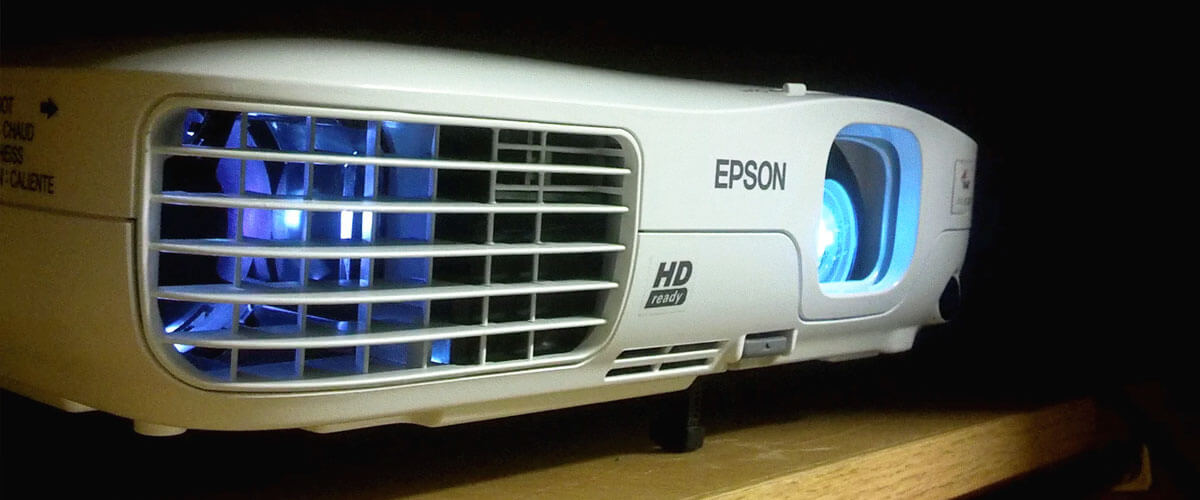
Navigating the world of projector specs can be tricky, especially with manufacturers throwing around buzzwords and figures. Here are some common misconceptions and marketing ploys you should watch out for:
“Higher contrast is always better”
- Diminishing returns: While a good contrast ratio generally equates to a better picture quality, it’s important to remember that there’s a threshold. After a certain point, the human eye might not notice a significant improvement. For example, the difference between a 1,000:1 and 2,000:1 contrast ratio might be perceptible, but the difference between 100,000:1 and 200,000:1 might not be as impactful.
- Cost vs. benefit: Models with extremely high contrast ratios often come with a hefty price tag. If you’re not a professional videographer or a hardcore gamer, you might not need to go for these premium options, as the improvement in image quality can have diminishing returns.
Dynamic vs. native contrast ratios
Some manufacturers prominently advertise dynamic contrast ratios, which can be astronomically high. These figures are not necessarily indicative of your typical viewing scenario.
| Type of contrast ratio | Typical numbers | Real-world relevance |
|---|---|---|
| Dynamic | 500,000:1 or higher | Often exaggerated |
| Native (or Static) | 2,000:1 to 50,000:1 | More reliable |
Native or static contrast ratios usually offer a more accurate representation of real-world performance. These are the numbers you should be focusing on when making a decision.
So, be cautious and read between the lines when looking at contrast ratio specifications. Remember, a good contrast ratio is important, but don’t get swept up in the numbers game without understanding what they truly represent for your viewing needs.
The “Million to one” claims
When you see contrast ratios like “1,000,000:1,” it’s easy to be wowed. But hold your horses — these are often dynamic contrast ratios that don’t equate to a perceptible improvement in real-world scenarios. The human eye has its limits in distinguishing differences in brightness and color. These “million to one” claims may not result in noticeably better picture quality compared to a much lower, but still high, native contrast ratio.
Room conditions in advertisements
Promotional materials are often shot under ideal conditions — dark rooms with zero ambient light — which rarely reflect the average viewing environment. The actual contrast you perceive is heavily influenced by room lighting. Even a projector with a high contrast ratio can appear washed out if the room is too bright.
Overemphasis on contrast alone
While contrast is undeniably important, other factors like brightness, color accuracy, and resolution play equally critical roles. Don’t make the mistake of selecting a projector based solely on its contrast ratio. A well-rounded set of features is crucial for an optimal viewing experience.
Inconsistent measurement standards
There’s no universally adopted method for measuring contrast ratios, leading to inconsistencies across brands and models. For the most reliable data, look to independent reviews and tests. These often provide a more realistic view of a projector’s performance.
Selective spec highlighting
Some manufacturers might highlight one excellent spec, like a high contrast ratio, while glossing over other essential features, like lamp life or connectivity options. That’s why always consider a balanced set of features, from brightness to connectivity, when choosing your projector.
| Aspect to consider | Importance |
|---|---|
| Contrast ratio | Critical but not standalone |
| Brightness | Equally significant |
| Color accuracy | Essential for a vibrant display |
| Resolution | Important for clarity |
| Lamp life | Important for long-term use |
| Connectivity options | Vital for multiple input sources |
By understanding these nuances and pitfalls, you’re better equipped to make an informed decision, ensuring you get the most bang for your buck.
Tips for choosing a projector based on contrast ratio
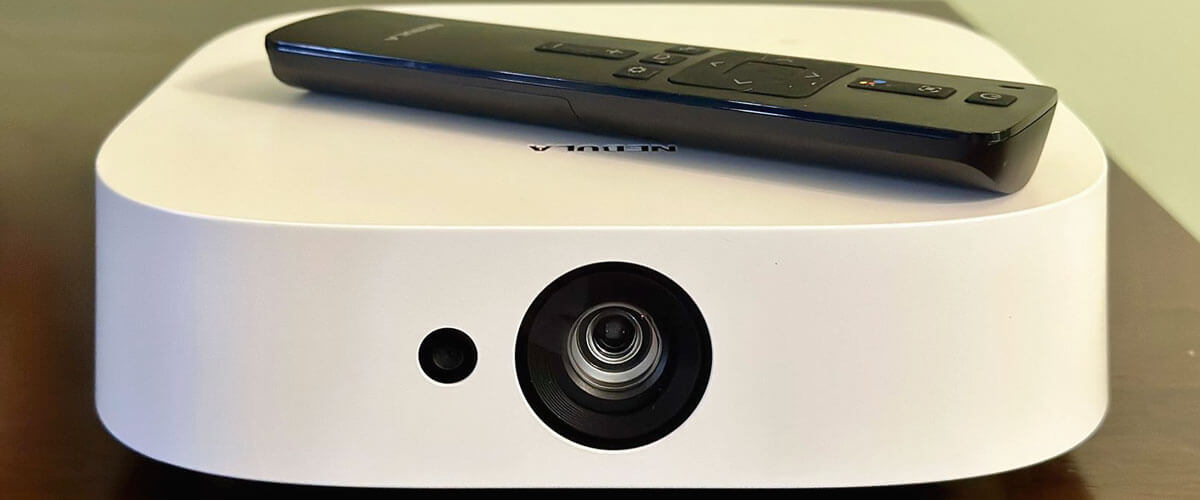
So you’ve trudged through the swamp of technical jargon and misleading marketing claims. Now comes the fun part — actually choosing a projector that fits your needs. But how can you make an educated choice based on contrast ratio? Let’s break it down:
Assessing your viewing environment
- Ambient light: The first thing you need to consider is the amount of ambient light in your viewing area. A dark or dimly lit room can make even a moderate contrast ratio look stunning, while a bright room can wash out even the best projectors.
- Room size: This aspect matters, too. Larger rooms may require projectors with higher lumens and contrast ratios to project a clear, visible image.
- Screen material: Believe it or not, the material of your projection screen can also affect perceived contrast. Some screens are designed to enhance contrast, which can be a bonus.
Matching use case with desired contrast (e.g., movies vs. presentations)
- Movies and gaming: If you’re a movie buff or a gamer, a high contrast ratio is essential for the deep blacks and vibrant colors of your projector. Look for a native contrast ratio of at least 2,000:1, but feel free to go higher if your budget allows.
- Business presentations: When it comes to presentations, readability is the key. A super-high contrast ratio might not be necessary; something around 1,000:1 should suffice, especially if you’re mostly displaying text and basic graphics.
- Hybrid use: If you’re looking for a versatile projector for both entertainment and work, aim for a balanced contrast ratio. A native contrast ratio between 1,500:1 and 3,000:1 is usually a safe bet.
Remember, while contrast ratio is a critical metric, it’s not the be-all and end-all. Keep other features like brightness, resolution, and connectivity in mind. And if you can, always test the projector in conditions similar to your intended use. This hands-on experience can be invaluable in making the right choice.

